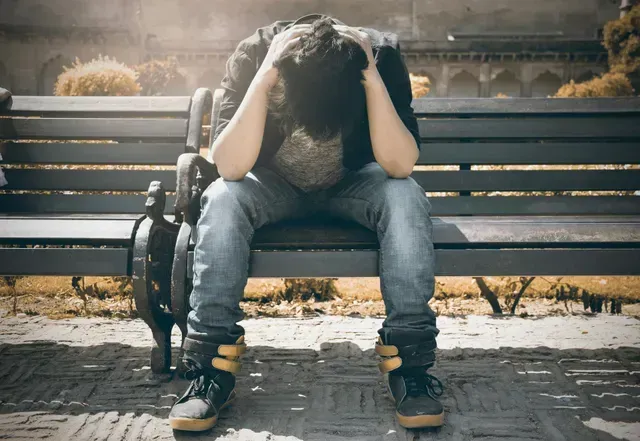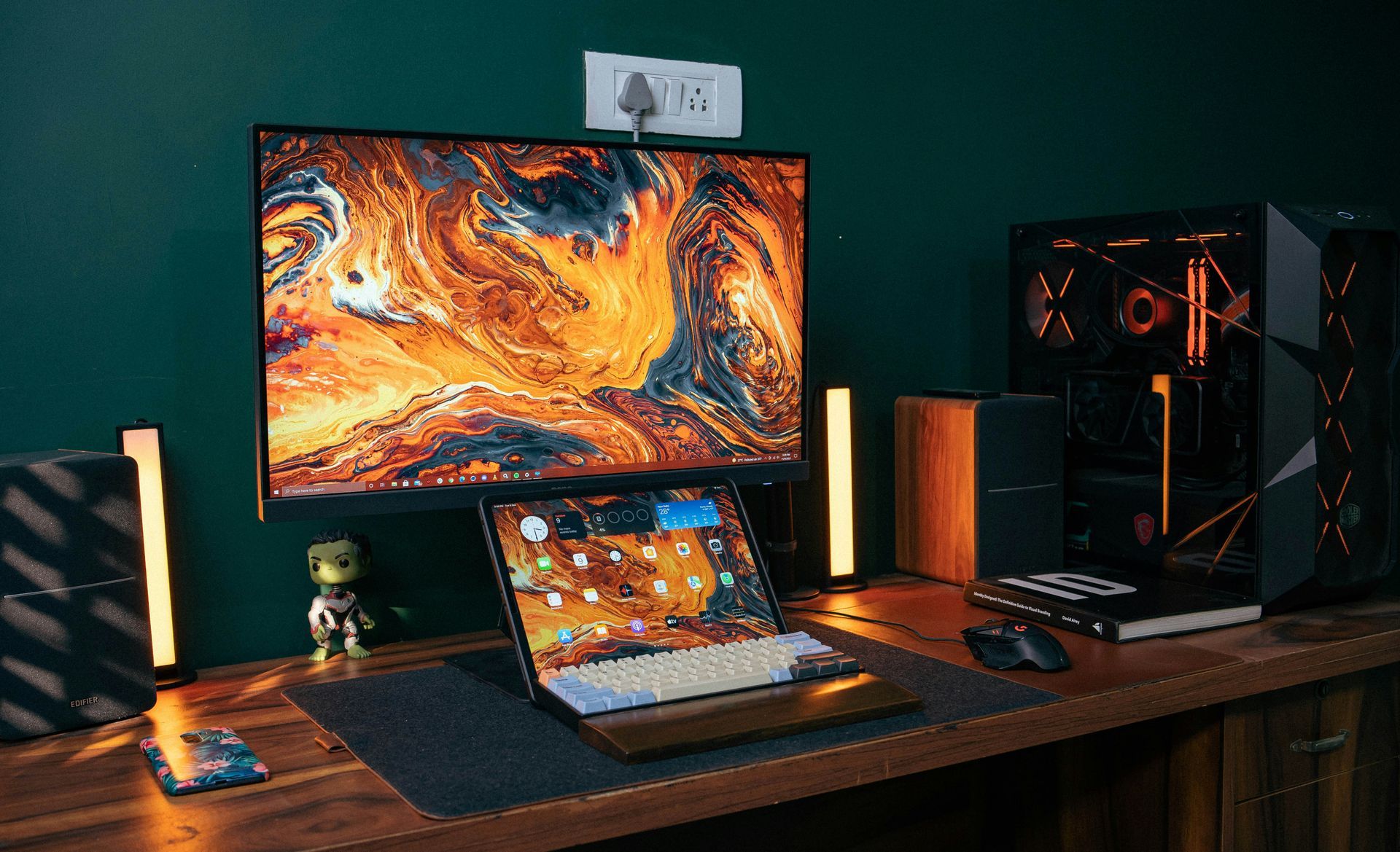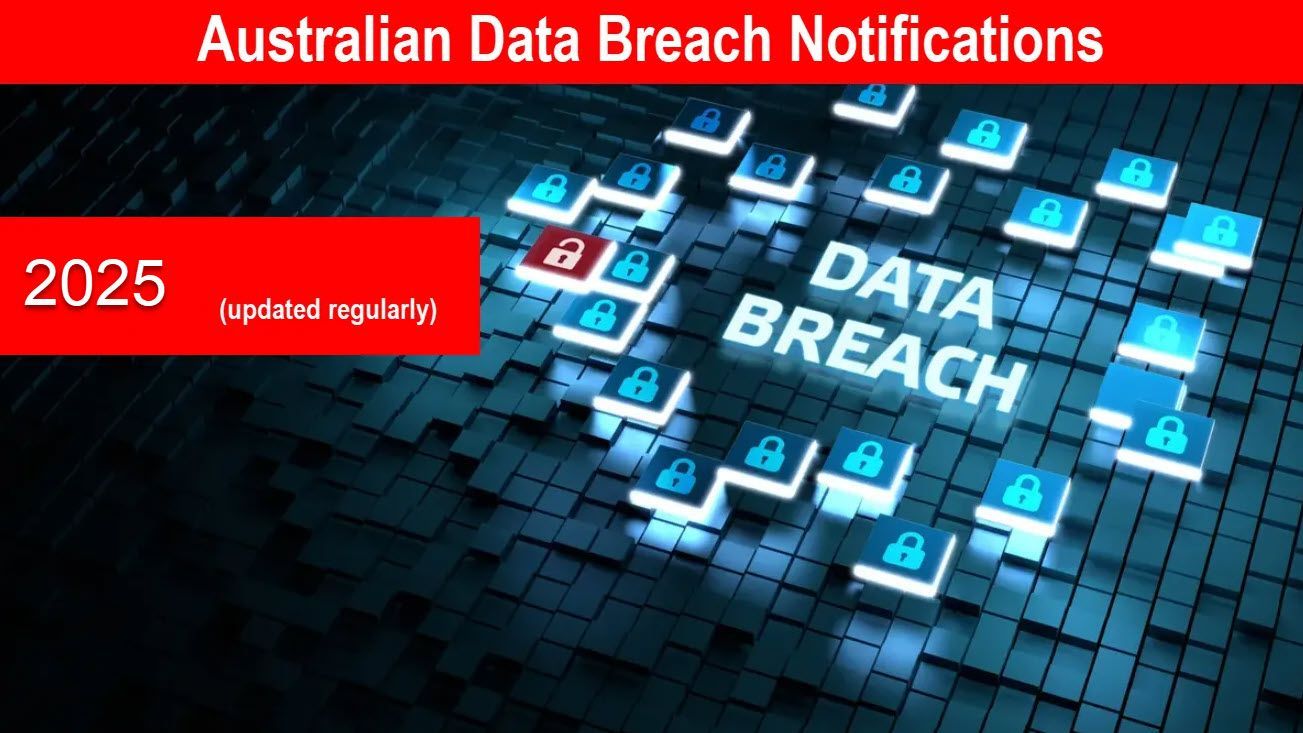How Does Social Media Affect Our Interactions
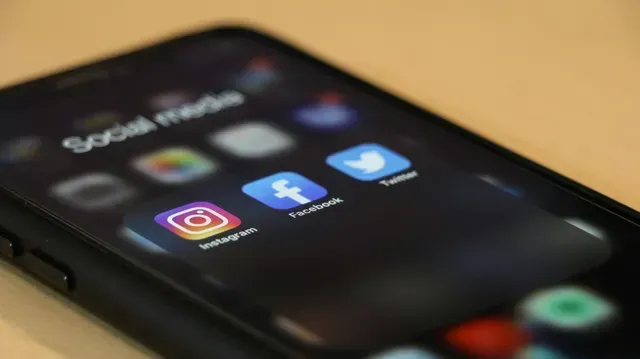
Impact of Social Media on Human Interactions
Social media has a profound impact on various aspects of our lives, including:
Communication
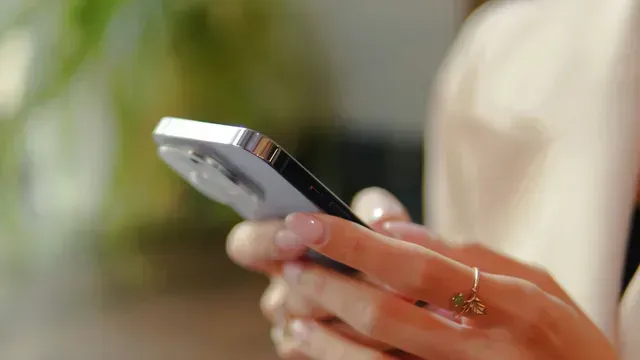
The impact of social media on communication is the most obvious.
Social media has transformed communication, allowing us instant global connections and the sharing of information. Whether it’s our friends, family, or loved ones, social media platforms provide an easy way to communicate with each other.
We will talk about the positive and negative impacts of social media on communication further in the article.
Relationships
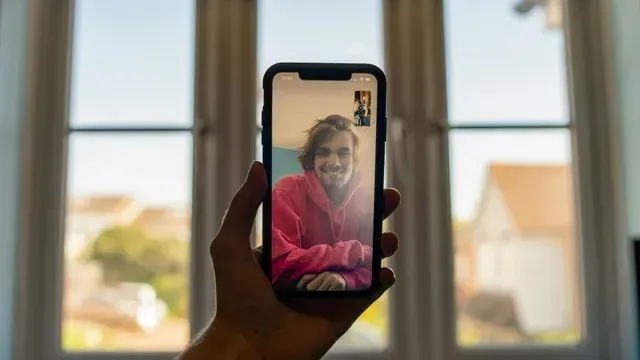
Social media has revolutionized the world of relationships.
Now, it is so much easier and cost-effective to get in touch with your loved ones.
It doesn’t matter if they are living in a different part of the country or the opposite part of the world. Social media not only allows us to talk to them but also to be aware of and contribute to their daily life activities.
Compared to face-to-face communication, people are more open and vulnerable online. Virtual relationships are much more common these days, and you can experience a deep connection with someone without even meeting them in person.
This shows how much social media has affected basic human interactions.
Privacy
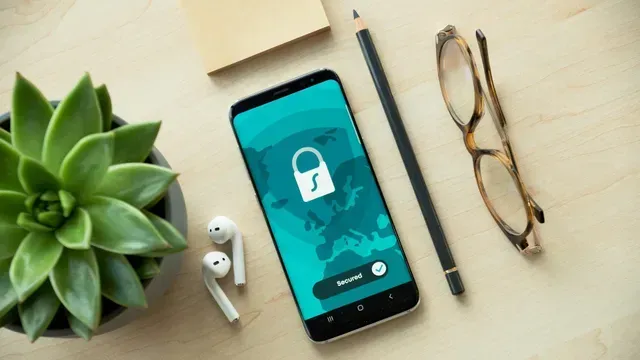
A report by Pew Research says that about 80% of social media users are concerned about businesses and advertisers accessing the data that they share on social media.
The concerns regarding social media privacy have spiked in recent years.
With large volumes of data collected on social media platforms on a daily basis, there is an increased risk of data breaches and identity fraud, leading to the misuse of personal information.
As a result, social media platforms are enhancing their privacy by providing users with more control over their data, improving transparency in data collection practices, and offering premium versions of their platforms with enhanced privacy features.
Keeping that in mind, we must be mindful of what we are posting online, refrain from oversharing, and be prudent of scams and phishing attempts.
The Effects of Social Media on Communication
Social media has both positive and negative effects on our interactions, with the impact varying depending on individual usage and context.
Positive Effects
Routine social media use may compensate for diminishing face-to-face social interactions in people’s busy lives, providing individuals with a platform that overcomes barriers of distance and time.
Ease of Communication
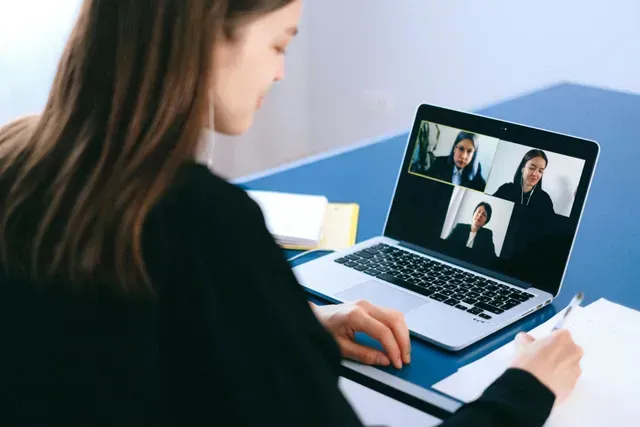
One of the greatest and by far the most valuable gift of social media is the ease of communication.
With social media platforms like Messenger, Instagram, Snapchat, WhatsApp, and LinkedIn, we can instantly get in touch with anyone anywhere in the world.
Isn’t that fascinating if we just look a few decades back?
Moreover, social media has made business communication much easier. Employers can get in touch with their employees within a matter of seconds. People can share insights, ideas, and personal thoughts, fostering a deeper connection with each other.
All in all, social media has made it effortless for us to get in touch with each other.
Increased Connectivity
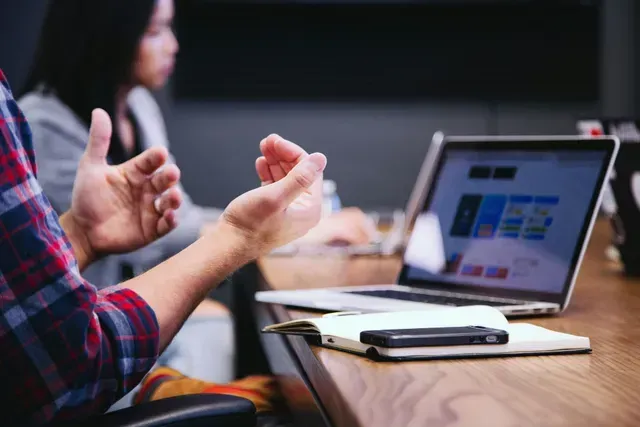
In the past, connecting with large audiences was exclusive to traditional media giants. However, with the dawn of social media, now everyone has the opportunity to reach and engage with broader audiences.
One of the most significant ways in which social media has increased connectivity is by breaking down geographical barriers. Unlike traditional forms of communication, social media allows people to interact in real-time regardless of their location.
It has also enabled people to interact with others who have different backgrounds, beliefs, and experiences, thereby expanding their social networks.
Business Opportunities
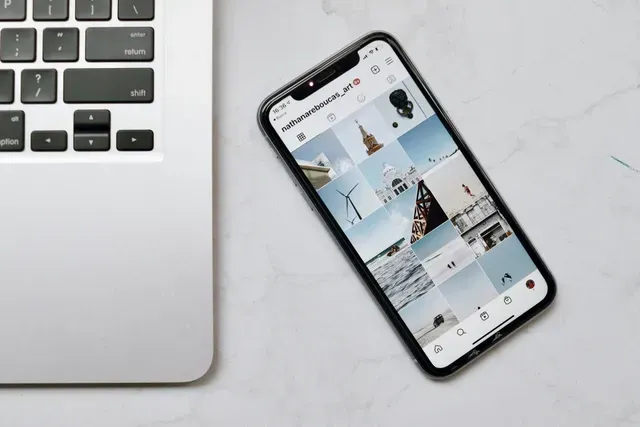
Social media platforms are a gem for businesses.
Not only do they provide new business opportunities for people, but they also allow old businesses to benefit through increased reach, cost-effective marketing, brand building, market research, and customer support.
By embracing social media platforms effectively, businesses can enhance their communication strategies and establish a strong online presence in today’s digital landscape.
Negative Effects
Excessive social media use can lead to negative effects on communication, such as cyberbullying, harassment, and abuse.
Cyberbullying
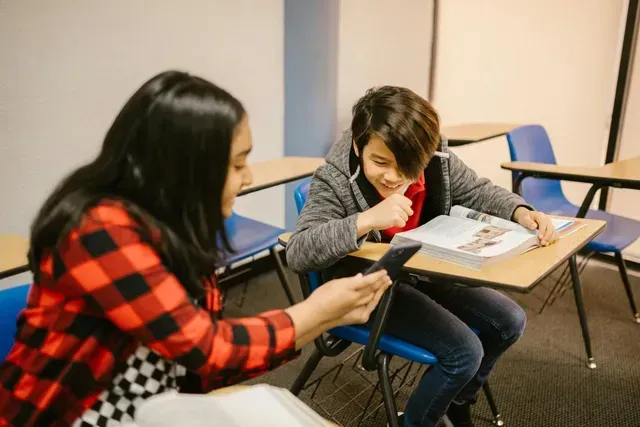
Cyberbullying is the use of electronic communication to harass, threaten, or humiliate someone, often occurring on social media sites.
It can have devastating effects on those who are targeted and those who witness it happening to someone else.
Cyberbullying can lead to depression, anxiety, and even suicide.
It has become increasingly common among teenagers, facilitated by the rise of social media and online networking platforms. Social media sites are very public, so the messages can be seen by many people very quickly.
There are steps teenagers can take if they fall victim to cyberbullying, including seeking support from trusted individuals, keeping evidence of the bullying, and reporting it to relevant platforms.
Social Displacement
The rise of social media has led to concerns about social displacement.
Social displacement is the proposition that time spent on social media replaces time spent in face-to-face interaction, potentially reducing well-being. However, there is very little direct or causal evidence of social media time displacing face-to-face time, leading to social displacement.
If we look at it, careful use of social media allows us to connect with our friends, family, and loved ones more efficiently, leading to interactive time with each other.
Also, video chatting can allow us to mimic real-time face-to-face communication. We’ve seen that during the hard times of COVID-19 when physical meetups weren’t possible.
Mental Health

Social media use can contribute to an increased risk of depression and anxiety symptoms, particularly among young people. Several studies have indicated that the prolonged use of social networking sites (SNS), such as Facebook, may be related to signs and symptoms of depression.
However, more research is needed to establish causality and to understand the complex relationship between social media use and mental health.
Furthermore, social media can have a positive impact on a person’s mental health.
For example, social networking is a crucial element in protecting mental health. Social media can provide a platform for people to connect with others who have similar experiences, thereby expanding their social networks.
That said, let’s look at a few other questions regarding social media and its effects on human interactions.
Is Social Media Damaging to Real-Life Interactions?

The impact of social media on real-life interactions is a topic of ongoing debate.
While some studies indicate that social media could potentially displace face-to-face interaction, others argue that it can enhance social connections. Adolescents may allocate more time to social media, possibly reducing opportunities for in-person communication.
However, it’s essential to recognize that social media has evolved into an important aspect of students’ social lives. Beyond mere socializing, it serves as a dynamic learning platform, fostering creativity and potentially enhancing academic performance.
Therefore, the relationship between social media usage and real-life interactions is multifaceted, influenced by various factors including individual preferences, societal norms, and technological advancements.
How Has Social Media Improved Human Interaction?
Here are a few improvements that we haven’t talked about.
Community Building
Social media has facilitated community building by bringing together individuals with shared interests, regardless of geographical location. Whether it's through Facebook groups, Reddit communities, or niche forums—people can connect, exchange ideas, and find support networks online.
Platforms for Opinion Sharing
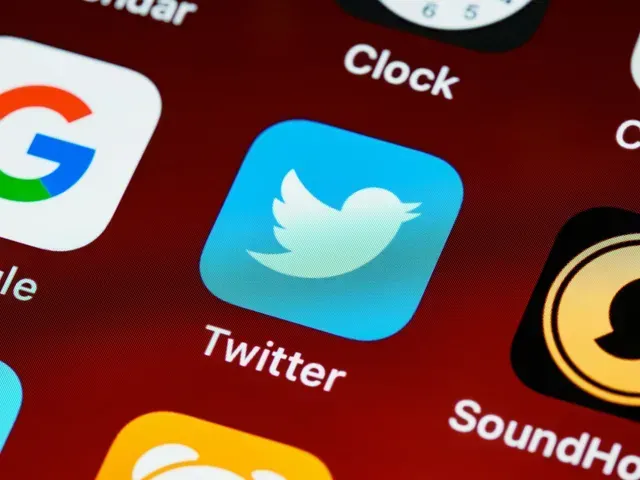
Social media has democratized communication, giving everyone a voice and a platform to express themselves.
Previously marginalized groups, including minorities, activists, and grassroots organizations, now can amplify their voices and share their stories with a wider audience.
This democratization of communication has sparked social movements, raised awareness about important issues, and empowered individuals to effect positive change in their communities and beyond.
That’s All
The impact of social media on society can be viewed as positive or negative, depending on the individual’s perspective, with far more grey areas than black and white.
From a behavioural sciences point of view, there would be more negatives than positives, but if viewed from a technological standpoint, the positives far outweigh the negatives.


